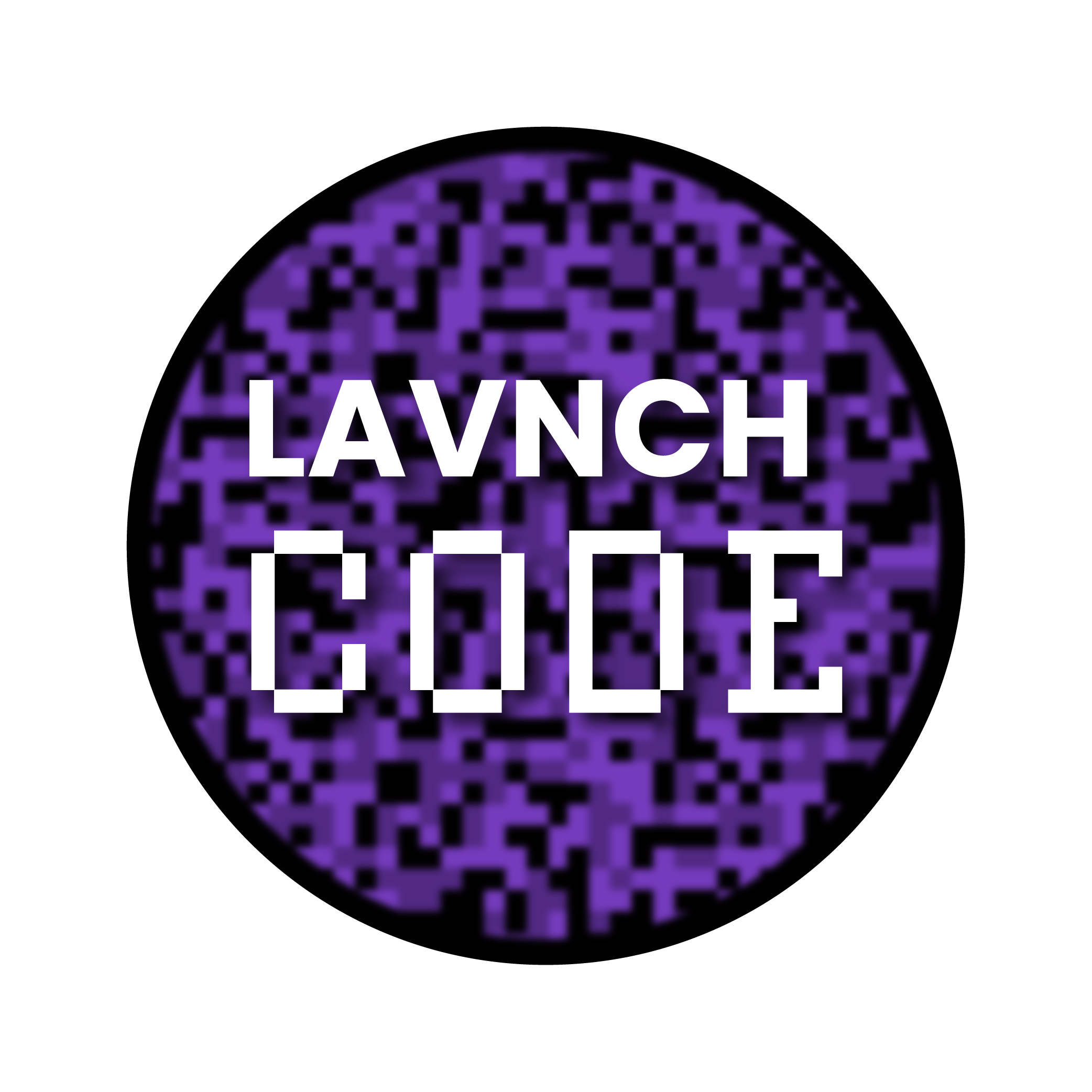
Arup Develops VR Experience as Mechanism for Change
By 2050, 70% of the global population will live in cities. The challenge for city leaders, planners, architects, and innovators is to create urban environments that satisfy the needs of its inhabitants. Importantly, this includes the needs of children for whom early experiences can have profound effects on their long term health and development—yet are too young to tell us.
 Arup and the Bernard Van Leer Foundation developed the Urban95 virtual reality (VR) experience to act as a mechanism for change. It aims to raise awareness about some of the common challenges currently faced by young children in cities around the world, and encourage decision-makers and thought leaders into thinking from the perspective of 95cm tall—the average height of a 3-year-old.
Arup and the Bernard Van Leer Foundation developed the Urban95 virtual reality (VR) experience to act as a mechanism for change. It aims to raise awareness about some of the common challenges currently faced by young children in cities around the world, and encourage decision-makers and thought leaders into thinking from the perspective of 95cm tall—the average height of a 3-year-old.
To achieve this, Arup’s experiential environments, acoustics, and behavioral experts designed a small fictional neighborhood that could be anywhere—almost like a theatre set that users can immerse themselves digitally in VR. Through the lens of a 3-year-old, everything within this setting appears significantly larger, louder, and more overwhelming compared to the adult experience.
“The wellbeing of babies, toddlers, and their caregivers is the best measure of a vibrant, prosperous and healthy city. Yet, they can be invisible to city leaders as a group with specific needs” said Ardan Kockelkoren, former Urban95 coordinator at the Bernard van Leer Foundation.
Watch the video below to see a part of the Urban95 VR experience.
The virtual reality represents a living, breathing urban environment as accurately as possible. It is a microsimulation of a living, breathing city, populated by procedurally generated traffic, with gigantic cars controlled by artificial intelligence (AI) that move their way through the environment. People are featured living out their lives in a series of different temporal loops so no two user experiences are the same. With a soundscape to match, the experience uses object-based audio for the traffic that is generated in real time. The caregiver and child actors were filmed and scanned using volumetric video so that the user experiences them in full 3D from lower down, or a child’s perspective.
In the newest iteration, Arup and the Bernard Van Leer Foundation have introduced design interventions showing how—through a series of interim measures—communities and local districts can own and prototype changes in cities at local level and make positive, lasting change to the lives of their inhabitants.
“By immersing users in a virtual world that simulates the experiences of young children and their caregivers, these tools can help to raise awareness of the obstacles and difficulties that families face when navigating urban environments,” said l, Urban95 officer, Bernard van Leer Foundation.
To introduce and accompany the experience, Arup developed a short series of activities that could be used for events attended by thought leaders in the built environment. These allow users to be taken on a journey from the real world into virtual reality, back to life today.
This collaboration with Bernard van Leer Foundation was an incredible opportunity to use virtual technologies as catalysts for social change. Inspiring designers, planners, and policy makers through experience shows the power of immersive technologies,” concluded Henry Harris, associate, Virtual and Visualization, Arup.







